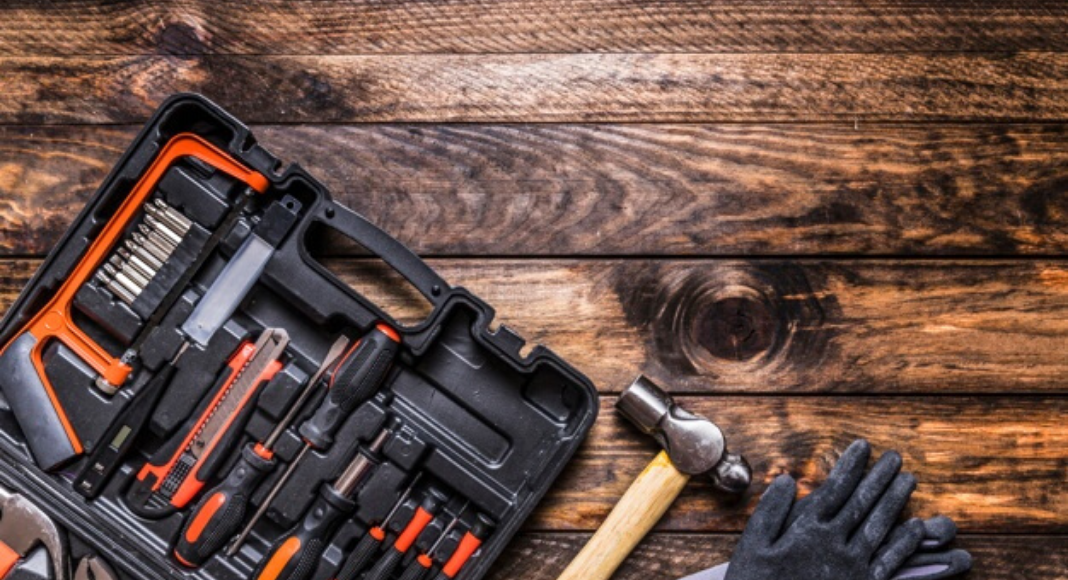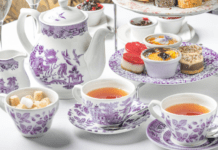
When the safer at home order started and schools closed, I was initially grateful. I still am, but during the course of these uncertain times I’ve felt a strain on my mental health. Stability and closure are lacking and as I asked myself every day what I needed in order to be ok, the answer continued to evade me. I reached for anything that would make me feel better for a moment. I was often irritated with my children as my anxiety and depression manifest as anger and bubbled to the surface. There was nothing to grasp onto and I was drowning.
I was left feeling exhausted, burnt out, and hopeless in a very short amount of time.
Luckily for me, my new therapist didn’t cancel our visits due to the COVID-19 restrictions. Instead, she moved our appointments to teletherapy. As a new patient of hers, she wanted to know what coping skills I already had in my “toolbox” to help me with my anxiety and depression. I had been through years of therapy in the past and she wanted me to share what I had learned from that experience. She asked me to take her through the techniques for coping in my own words. As we continued the conversation, I began to realize that in my panic about the current situation, I had thrown aside the one thing that I already had to help me through these times. I already had the tools I so desperately needed to give myself a bit of calm in the storm.
So what’s in a toolbox? I’d like to share a few of the coping skills I have learned to rely on. I’m so grateful that my therapist refreshed my memory — it has been a game changer.
The first is a breathing exercise. As simple as it is, it really does make a difference for me when my mind goes on overload. The one I practice is the 4-7-8 method. Breathing in through your nose for a count of 4, hold for a count of 7, and exhale through your mouth for a count of 8. Try to count slowly. Focus only on your breathing. This exercise in not only calming, but has many health benefits as well. It also helps me fall asleep at night. I know many of my friends are struggling with sleep right now with the world in its current state. Give it a good try and see if this helps.
The second tool I like to use is a grounding exercise based on the five senses. When your mind is racing and the pressure is too much, it can be so hard to focus. Grounding exercises allow me to focus my mind in the present. To start, acknowledge five things you can see. Then, continue through the rest of the senses: four things you can touch, three things you can hear, two things you can smell, and one thing you can taste. This allows you to take mental stock of where you are, putting the mind and body in a calmer state. Sometimes this is a harder one for me to start with. I like to use breathing first and continue onto this one as it takes more of my concentration.
The third tool I will share is guided imagery. You probably already know this one — you’re told to picture yourself on a beach relaxing somewhere. It allows the body and the mind to relax and put oneself outside of the current situation. To take this to a good level, I like to practice the grounding exercise mentioned above, but from memory. My happy place isn’t a beach somewhere. That imagery doesn’t provide me with the needed sense of calm. So instead, I go to memories of long drives through the hills with my best friend. Find your best memory of the place you’ve felt the safest and continue from there.
There are many more tools you can use. If you find yourself struggling with mental health, please contact a professional. Online and teletherapy sessions are more prevalent than ever and they are effective. They’ve given me a chance to remember that things are going to be ok, that I have what I need, and that I need to utilize my tools.





















